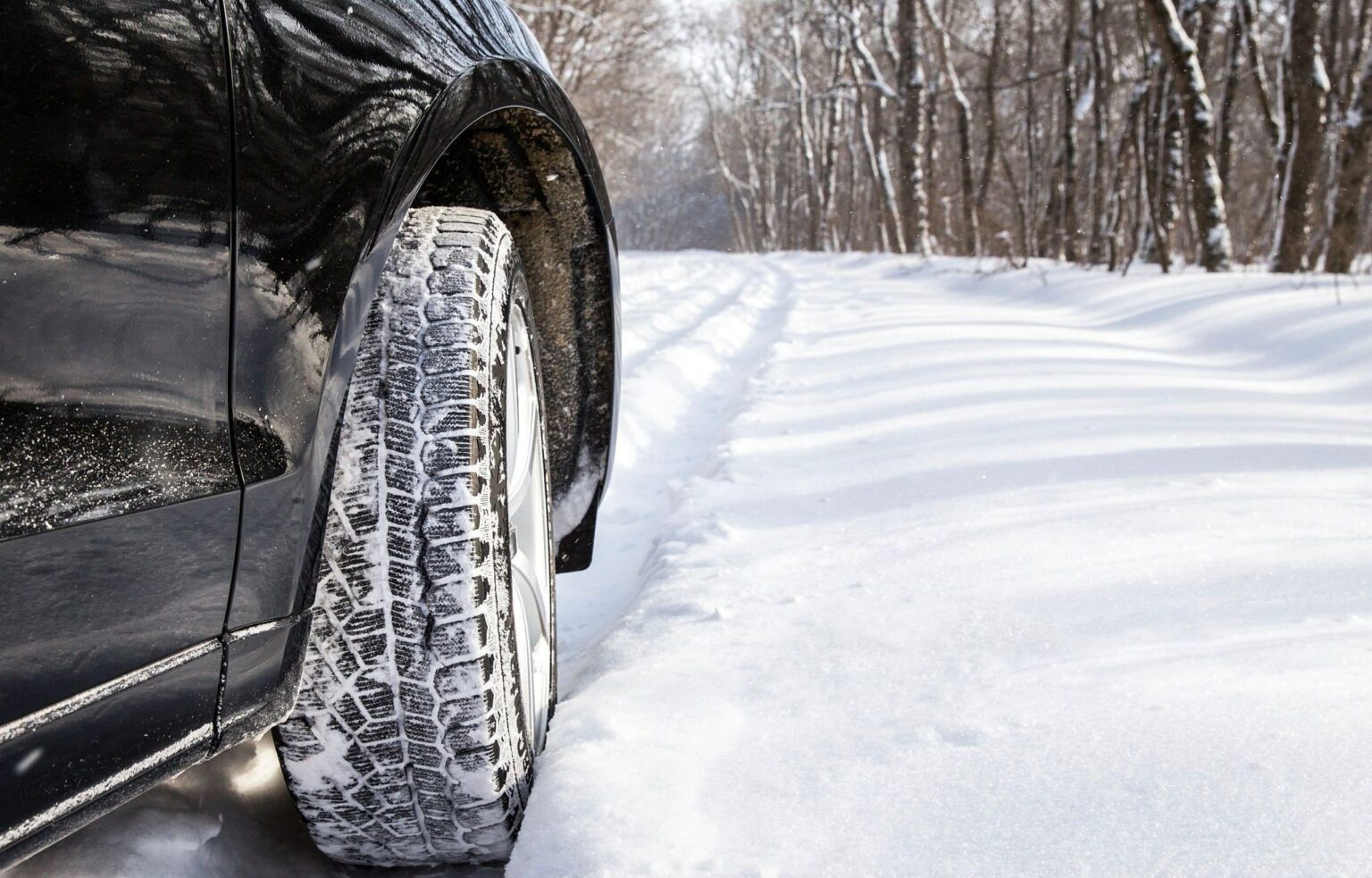Winter tyres are compulsory for driving in the 34 départements that have said yes to the Mountain Law. Failure to comply with this requirement could result in a fine of up to 135 euros.
Formerly known as snow tyres, the term winter tyres is now used to emphasise that this type of tyre is suitable for all winter conditions, not just snow.
There are 2 types of marking:
- the symbol M+S (Mud & Snow) which is affixed by the manufacturer. It is not protected by any test or approval and therefore does not guarantee the tyre's performance in winter conditions.
- the symbol 3PMSF (Three Peak Mountain Snow Flake), which is affixed to tyres that have passed through the hands of a certified European laboratory that tests and validates the tyre's performance in all winter conditions.
Tyre manufacturers recommend that you always fit winter tyres in sets of four, whether your vehicle has two or four wheel drive.
Winter tyres offer enhanced safety
Winter tyres not only improve the traction of the wheels, they also improve your vehicle's roadholding for enhanced safety.
If you only fit the front of your car, the rear axle will tend to skid. On the other hand, if only the rear of the vehicle is fitted, there may be a loss of direction when braking.
READ MORE: 5 must-have hiking boots
Winter tyres are equipped with technologies specifically adapted to winter conditions:
- A rubber compound that remains supple even on very cold surfaces for improved grip and braking stability.
- a directional tread pattern that effectively drains water and slush to keep your vehicle under control in all conditions.
- Heavily laminated blocks that "bite" into snow and ice for excellent traction on slippery surfaces.
Did you know?
The majority of winter accidents occur on dry, cold ground. So winter tyres are not just for snow-covered areas!

